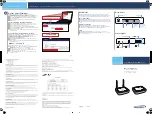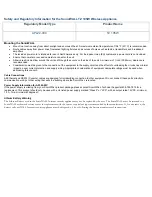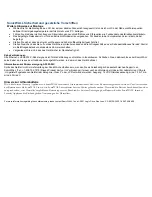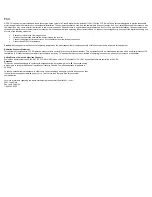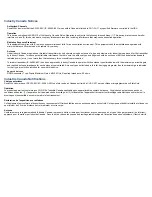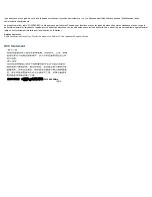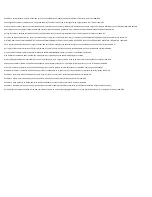
FCC
NOTE: This equipment was tested and found to comply with the limits for a Class B digital device, pursuant to Part 15 of the FCC Rules. These limits are designed to provide reasonable
protection against harmful interference in a residential installation. This equipment generates, uses, and can radiate radio frequency energy. And, if not installed and used in accordance with
the instructions, may cause harmful interference to radio communications. However, there is no guarantee that interference will not occur in a particular installation. If thee quipment does
cause harmful interference to radio or television reception, which can be determined by turning the equipment off and on, the user is encouraged to try and correct the interference using one
or more of the following measures:
Reorient or relocate the receiving antenna.
Increase the separation between the equipment and the receiver.
Connect the equipment into an outlet on a circuit different from the receiver connection.
Consult SonicWALL for assistance.
Caution
: Any changes or modifications not expressly approved by the party responsible for compliance could void the user's authority to operate this equipment.
Radiation Exposure Statement
This equipment complies with FCC RF radiation exposure limits set forth for an uncontrolled environment. This equipment should be installed and operated with a minimum distance of 20
centimeters (7.9 inches) between the radiator (antenna)and your body. This transmitter must not be co-located or operating in conjunction with any other antenna or transmitter.
United States of America Authorized Channels
SonicWALL declares that the APL22-09C (FCC ID: QWU-09C) when sold in US is limited to CH1~CH11 by specified firmware controlled in the USA.
Antennas
This device has been designed to operate with antennas having a maximum gain of 4 dBi. Antennas having
a higher gain is strictly prohibited per regulations of Industry Canada. The required antenna impedance is
50 ohms.
To reduce potential radio interference to other users, the antenna type and its gain should be so chosen that
the equivalent isotropically radiated power (e.i.r.p.) is not more than that permitted for successful
communication.
For more information regarding the above statements, please contact SonicWALL, Inc. at:
2001 Logic Drive
San Jose, CA 95124
1-408-745-9600


